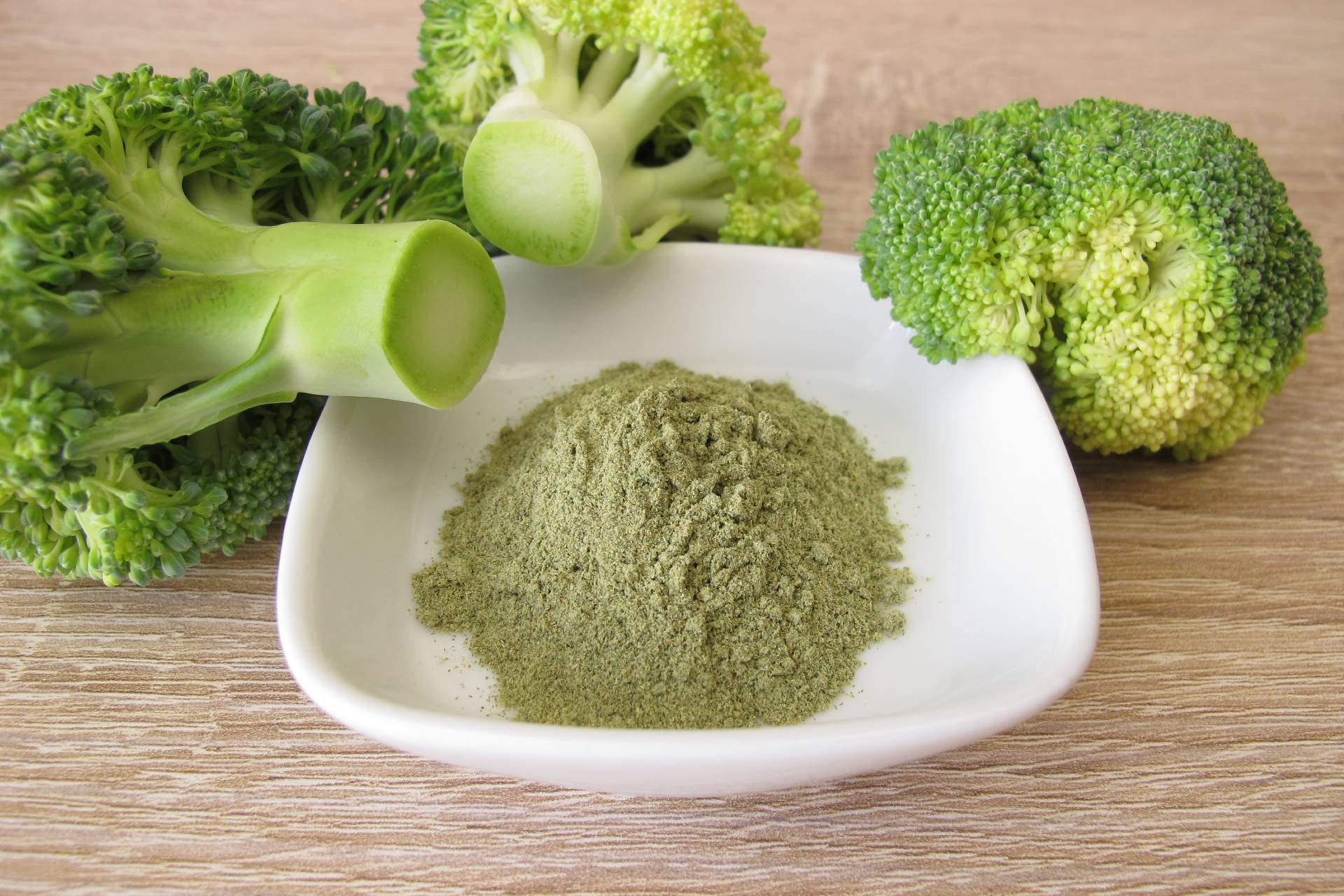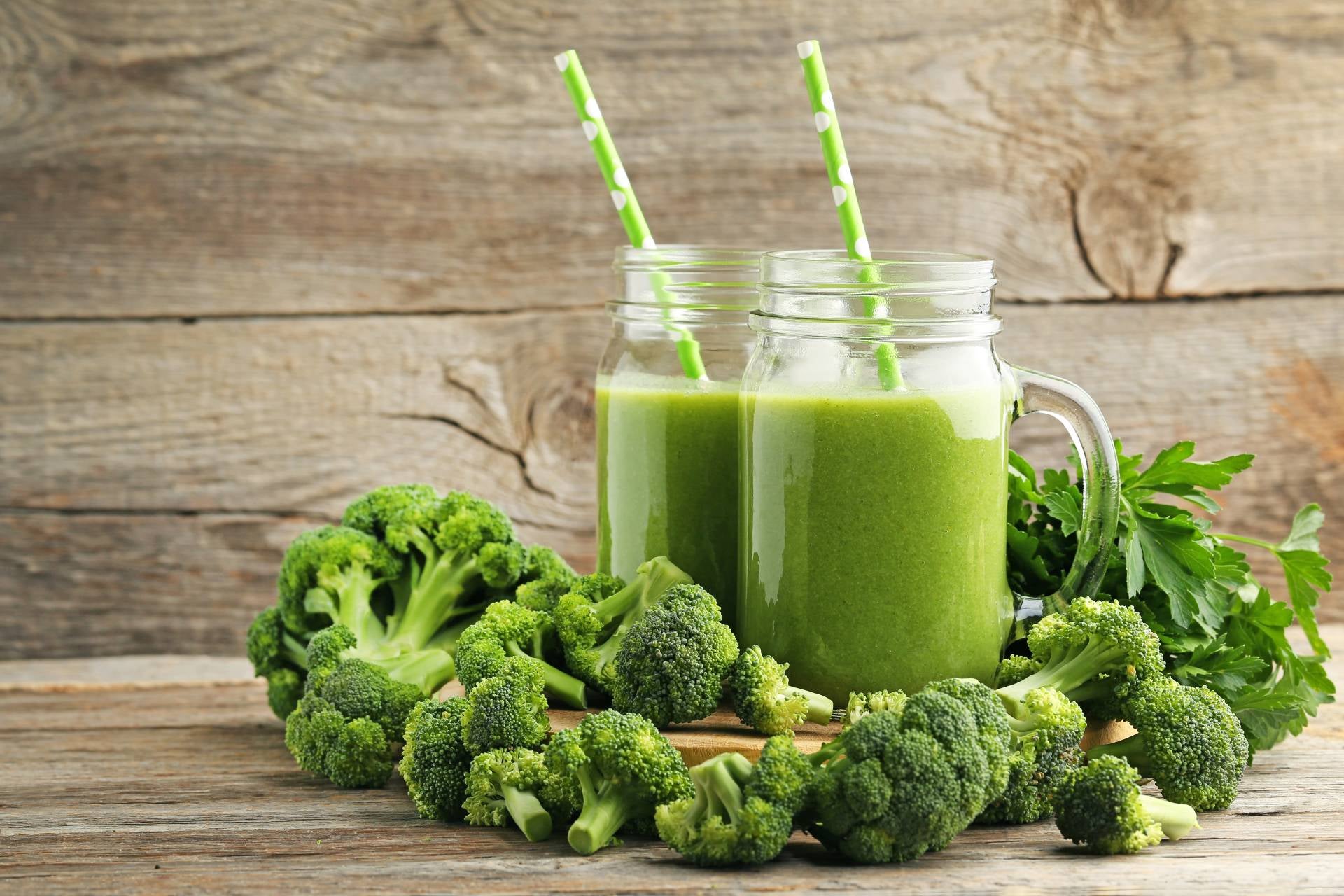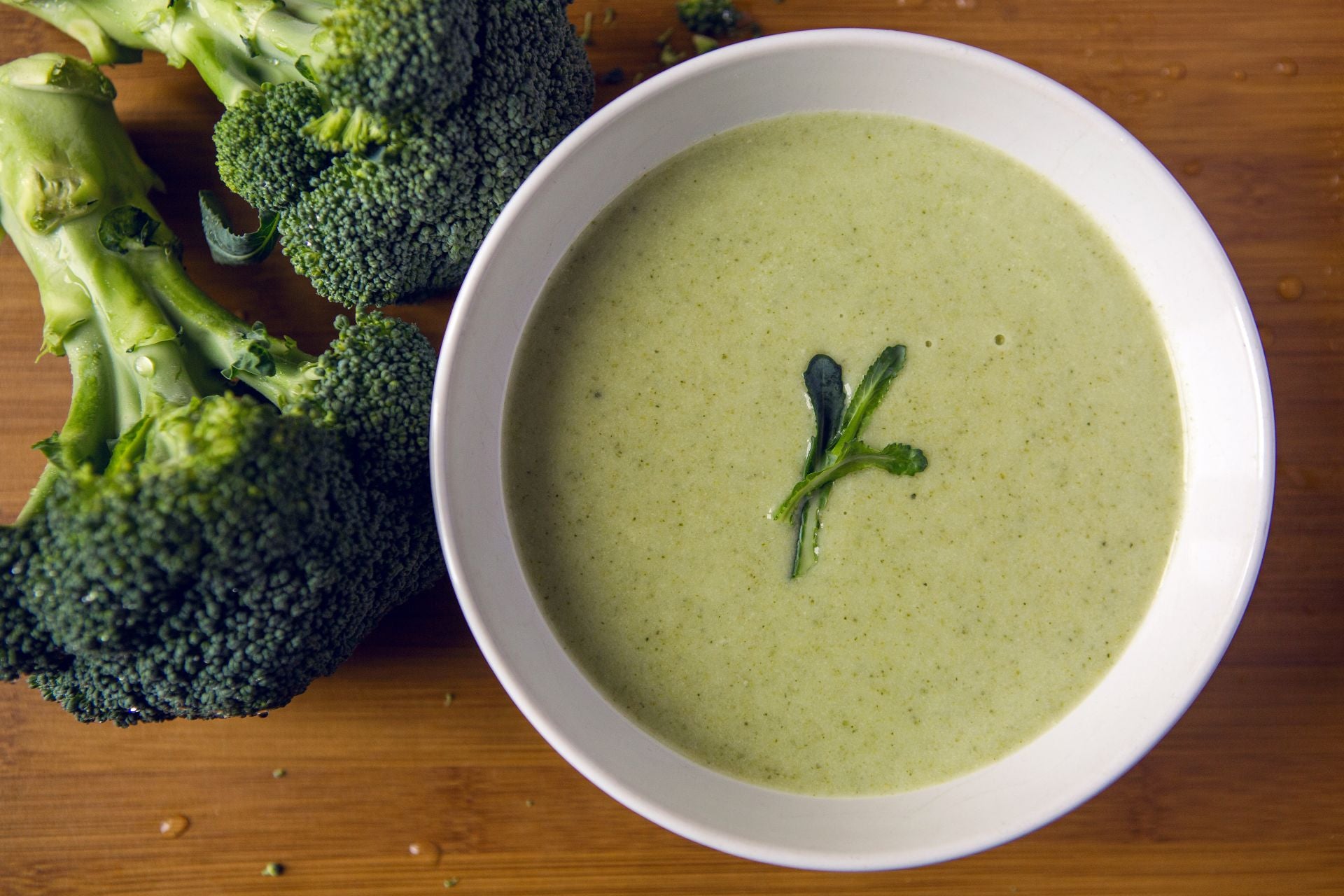They can boost heart health
Eating broccoli can provide a boost to heart health in several different ways. It contains a good source of fiber, which is thought to help protect against heart disease, while studies suggest that eating broccoli regularly can lower ‘bad’ LDL cholesterol while raising ‘good’ HDL cholesterol, reducing the risk of high blood pressure, heart attacks and strokes.
They can reduce the risk of diabetes
Broccoli contains an antioxidant called sulforaphane, which may help lower blood sugar in patients with type 2 diabetes. It is also a good source of fibre, which is thought to have a similar effect.
They can boost brain health
Sulforaphane, along with another antioxidant called kaempferol that is also found in broccoli, may help to slow the effects of age-related mental decline and maintain healthy brain tissue. These effects have mainly been observed in animals, so more human research is needed, but there have been some studies to suggest that eating green vegetables can slow mental decline in older people.
They can help to fight inflammation
Broccoli contains several anti-inflammatory plant compounds, including kaempferol, which can help to protect your cells from inflammation. This in turn provides protection against several serious diseases that can be triggered by chronic inflammation, including heart disease, obesity, inflammatory bowel diseases, arthritis, Alzheimer’s and psoriasis.
They can help maintain healthy bones
Broccoli is particularly high in vitamin K, and is also a good source of calcium, both of which are important for maintaining strong, healthy bones. There is also some evidence to suggest that sulforaphane can help prevent osteoarthritis, but this research is still in the early stages.
How to use them
It can sometimes be difficult to know how to use broccoli stems, but really all they need is a little extra cooking. Cut them into smaller pieces or julienne them to make them cook more quickly, and you can cook them any way you would cook the florets. They can be steamed, stir-fried, roasted or grilled, added to crunchy salads and slaws, or blitzed in a food processor and added to soups, healthy smoothies, hummus or pesto. Shred them to make broccoli rice, or spiralise them to make broccoli noodles, both of which are great alternatives if you’re on a low-carb or paleo diet.












